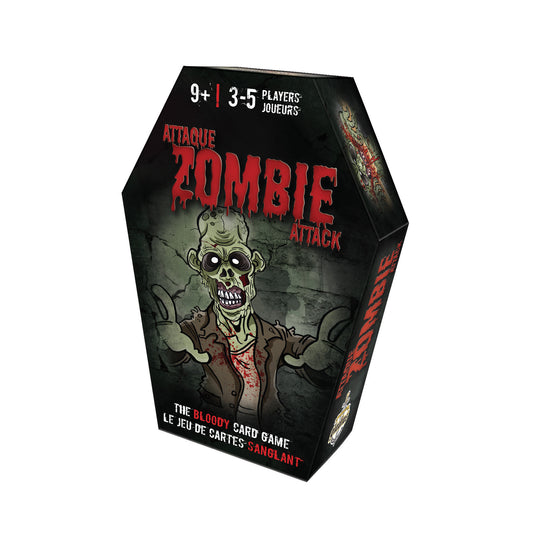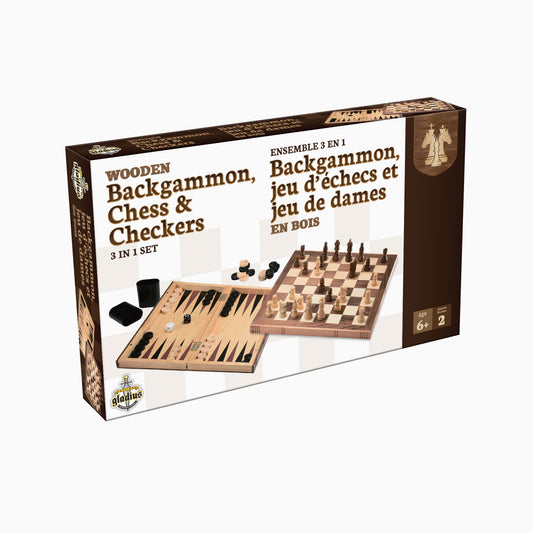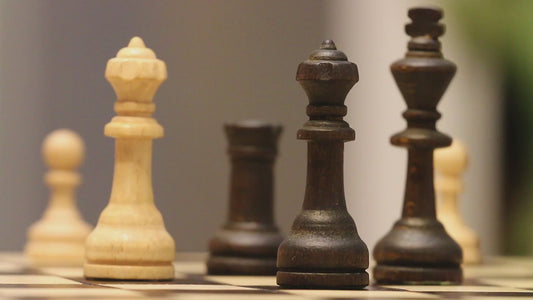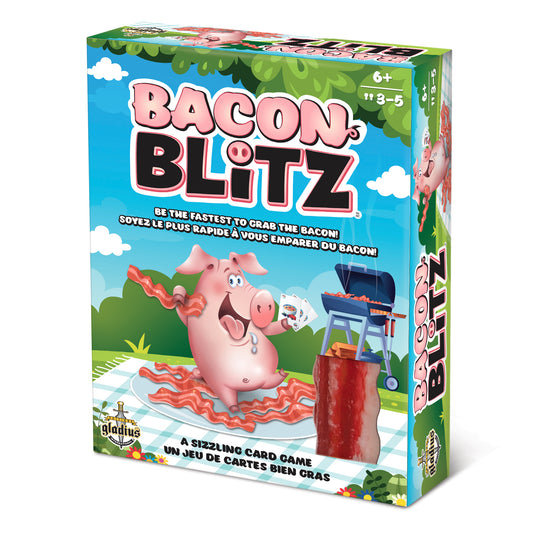
Verbal communication
A little theory...
Language emerges naturally in most children, following a predictable sequence of acquisition. By the age of two, children know at least 50 words, which they can combine to form short sentences. When their vocabulary reaches nearly 200 words, the pace of learning increases and becomes more complex. Word combinations become increasingly coherent, and there is a gradual mastery of terms denoting time, size, quantity and place. Between the ages of four and six, children are able to maintain a conversation or use narration. All children will make different kinds of errors, for which adult support and intervention will play a decisive role in their development.
How can you stimulate your child's development through play?
First, act as a model communicator. It's been shown that children from families where the parents speak more have better language development. When you prepare the play area, describe your actions and intentions to the child. Don't infantilize your language when addressing the child; you want to turn him or her into an effective communicator! Present images and settings that the child has already seen or experienced. For example, it will be easier to spot the images in a "Hunt and Seek" if they've already seen these objects at home. Look for phonological similarities (sounds that sound alike) between words the child already knows ("cat", "hat", "bubbles", "balloon", "boat").





